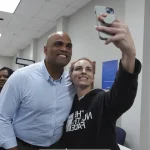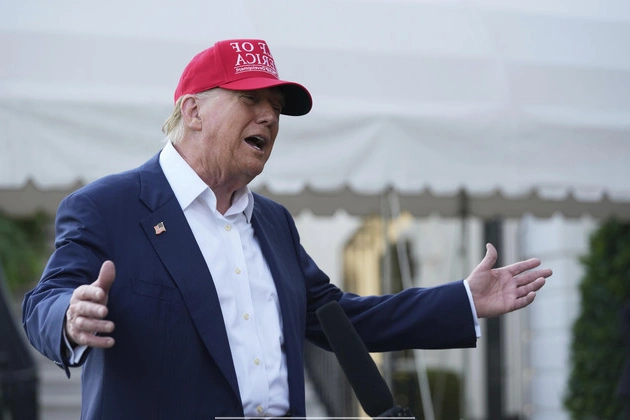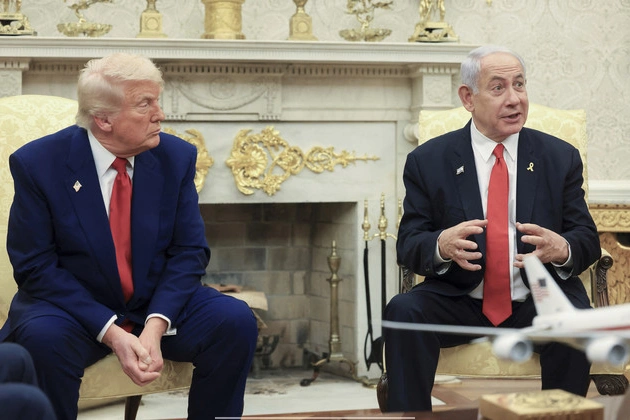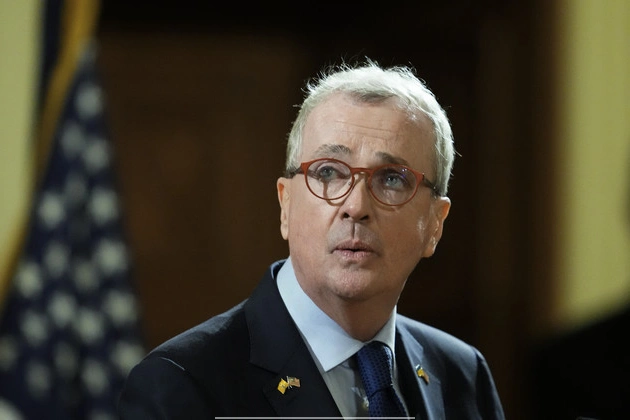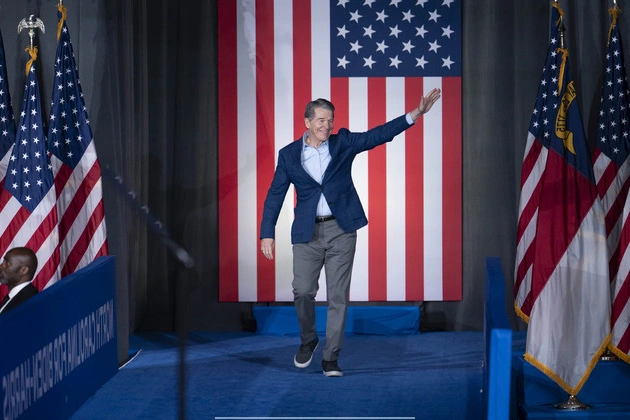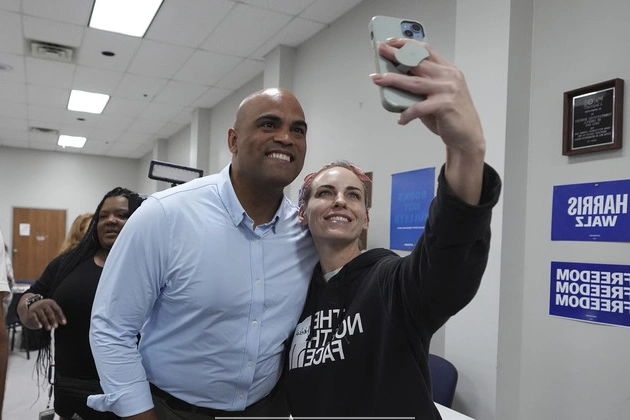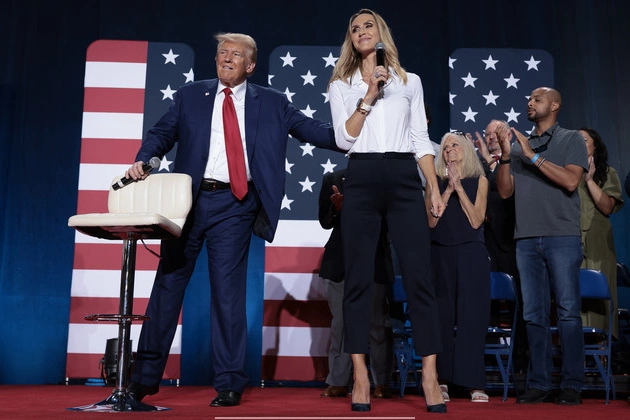
Consumer sentiment regarding the economy is deteriorating rapidly as individuals grapple with the implications of President Donald Trump’s policies on inflation and employment. This gloom is not limited to a specific political party, with both Republicans and Democrats experiencing a decline in optimism.
The University of Michigan’s monthly survey on consumer sentiment revealed a noteworthy 11 percent drop across the political spectrum, marking the lowest reading in over two years. Joanne Hsu, the survey director, noted that the prevailing uncertainty surrounding economic policies and other factors is a primary concern for many consumers. The volatile nature of economic policies makes it challenging for individuals to plan for the future, irrespective of their political inclinations.
Trade Wars and Market Fallout
The recent sentiment numbers reflect the apprehension stemming from Trump’s trade conflicts, coupled with sustained stock market declines triggered by increased tariffs on China, Mexico, Canada, as well as steel and aluminum from U.S. allies. The potential for additional duties on a global scale further compounds these worries.
While administration officials, including President Trump, acknowledge the potential short-term adverse effects on households and businesses due to elevated duties, they maintain that the ultimate outcome will be beneficial for American industrial resurgence. Treasury Secretary Scott Bessent emphasized the administration’s focus on long-term economic gains over transient market fluctuations, highlighting the commitment to fostering an environment conducive to sustained market growth and prosperity.
Although the current macroeconomic data does not yet reflect the anticipated pain, with inflation easing in February and unemployment hovering at 4.1 percent, sentiment indicators hint at an impending shift. Consumer spending, a key driver of economic growth, may face headwinds from growing pessimism and potential job losses.
Impact on Consumer Behavior
Despite the fact that fluctuations in consumer confidence and sentiment do not always translate directly to purchasing behavior, recent substantial declines in both metrics, alongside other factors, suggest a probable slowdown in spending. Robert Frick, a corporate economist at Navy Federal Credit Union, cautioned that the sharp drop in consumer confidence, coupled with various economic indicators, indicates a potential contraction in consumer spending.
Notably, consumers now anticipate higher inflation, a crucial metric closely monitored by Federal Reserve officials due to its potential self-fulfilling nature. The Federal Reserve, set to convene for interest rate discussions, has maintained elevated borrowing costs to curb inflationary pressures.
Fed Chair Jerome Powell underscored the importance of monitoring household and business spending indicators. Powell acknowledged the limitations of sentiment numbers in gauging consumer behavior, citing instances of robust consumer spending under previous administrations despite subdued economic sentiment. However, he cautioned against the continuous imposition of tariffs, highlighting the risk of sustained price hikes and their lingering impact on pricing dynamics and consumer expectations.
As the Federal Reserve gears up for its upcoming meeting, the focus remains on assessing the evolving economic landscape and potential repercussions of trade policies on inflation and consumer behavior.




